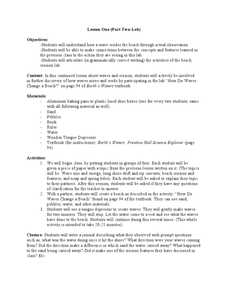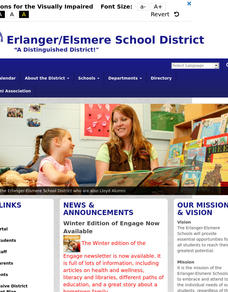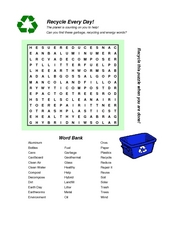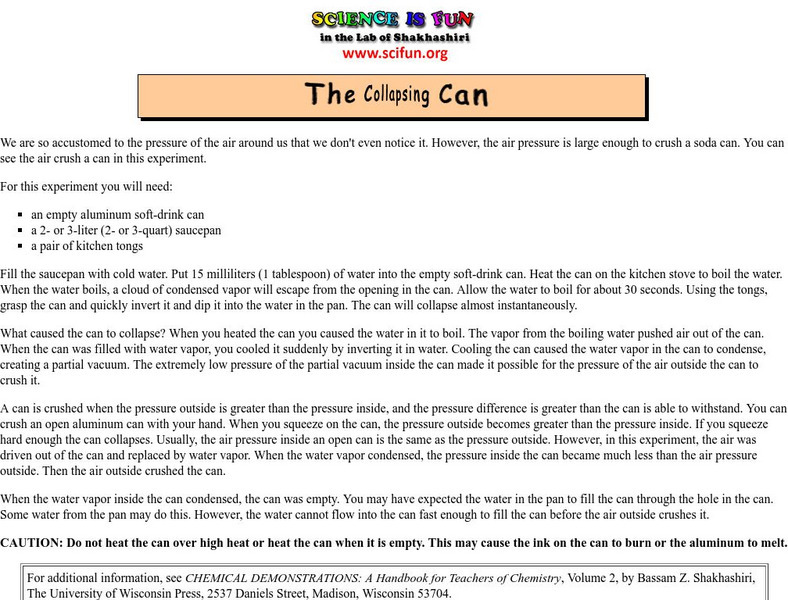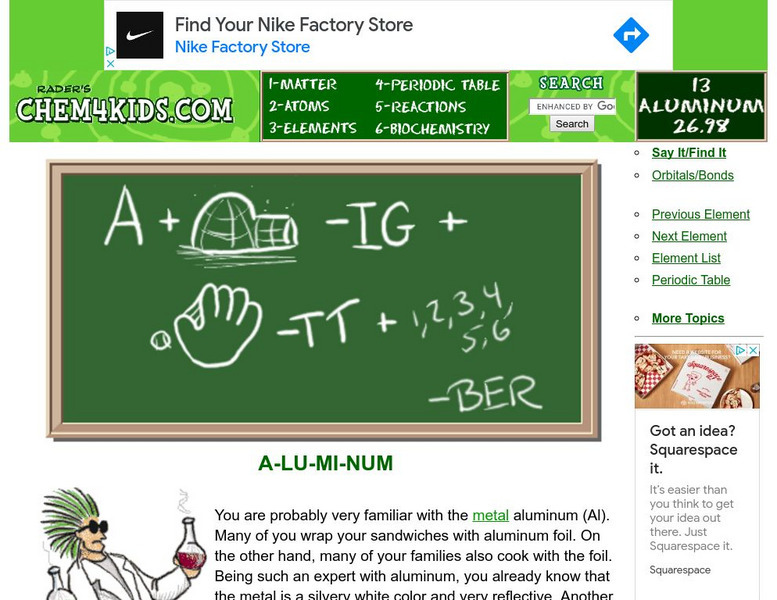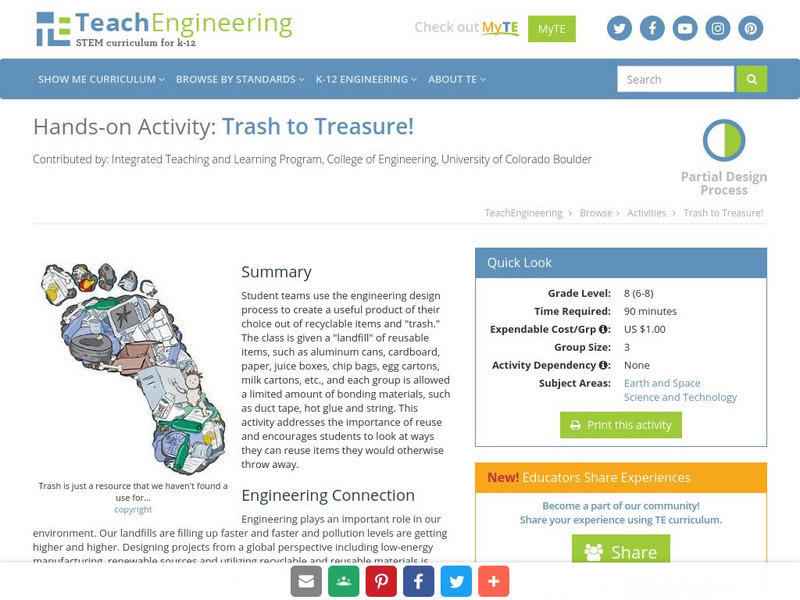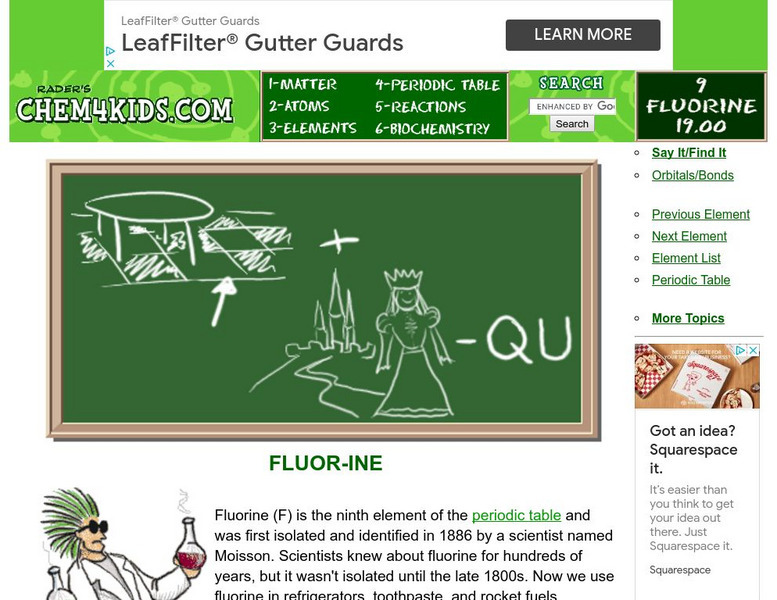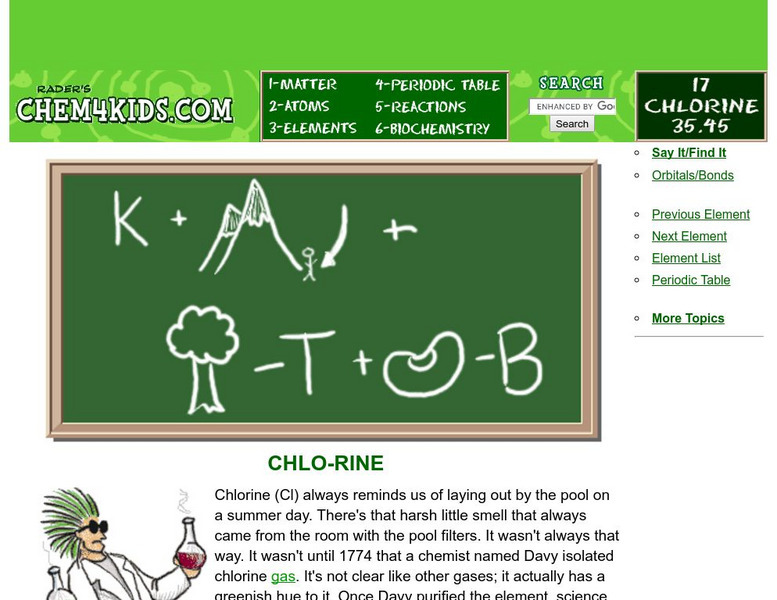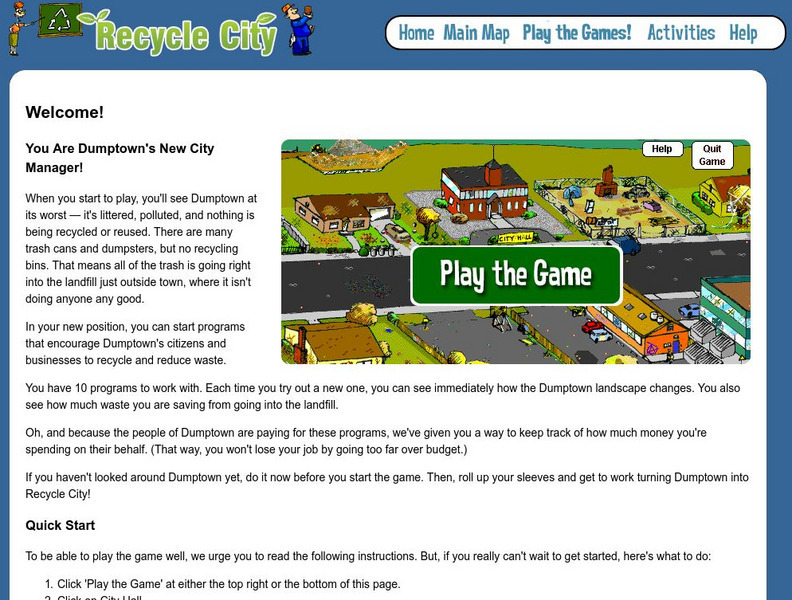Curated OER
What Is Electricity
Fourth graders develop an understanding of static electricity and discover how to detect a charge by using electroscopes. In this electricity lesson, 4th graders complete a lab on electricity and discuss the results with the...
Curated OER
Inventions 2: The Impact
Students research inventors and inventions and their impacts. In this invention lesson, students research inventions and their affects in good and bad ways.
Curated OER
How Do Waves Change a Beach?
Students conduct an experiment on beach erosion. In this earth science lesson, students create a beach model and use tongue depressor to produce waves. They write a journal about their observations.
Curated OER
Not a Drop to Drink
Pupils design an experiment to determine which liquid is water. In this chemistry instructional activity, students perform the experiment as outlined in their design. They record observation and formulate conclusion.
Curated OER
Pine Wood Derby Prompt
Eighth graders use Newton's Laws of Motion to assist a troop in making a winning car in the Pine Wood Derby.
Curated OER
Gaining Familiarity with Magnetism
Pupils discuss their perceptions of magnetism and explore the background ideas of magnetism.
Curated OER
Pronoun Reference
In these pronouns and antecedents worksheets, students read the sentences and the underlined portions for each example. Students fix the underlined errors in pronoun reference.
Curated OER
Recycle Every Day
In this recycling worksheet, 3rd graders complete a word search. Students locate 36 words in the puzzle, all associated with reuse of various items.
Other
The Aluminum Association, Inc.
A great site about aluminum with facts about the industry, recycling and much more. Get current events info here.
Physics Classroom
The Physics Classroom: Static Electricity: Aluminum Can Polarization Interactive
Visualize the underlying cause for the attraction between a charged and an uncharged object. The animation allows students to see the response of electrons.
Other
Web ref.org: Aluminum
Here you can find a detailed overview of aluminum. Content includes a focus on aluminum's chemical properties, occurrence in nature, uses, and production.
Science Buddies
Science Buddies: Baseball Bat Debate: What's Better, Wood or Aluminum?
Science and math abound in baseball. In this project, you can produce some interesting baseball statistics of your own and perhaps settle a long-standing debate. You'll set up experiments at your local playing field to find out which...
Alabama Learning Exchange
Alex: Picture a Perfect Environment
In this lesson plan from "The Friends of Auntie Litter", (www.auntielitter.org), recycling aluminum cans will be explored. Learners will also create a set of stilts made from cans. This lesson plan is one from the "Take Pride Statewide"...
Science is Fun
Fun Science: The Collapsing Can
Air pressure can be dramatically shown with this simple experiment that only requires an aluminum can, tongs, a 2-3 quart sauce pan and a stove.
Science is Fun
Science Is Fun: The Collapsing Can
An experiment using an aluminum can and boiling water that demonstrates that the air around us has pressure, although we may not be aware of it.
Illustrative Mathematics
Illustrative Mathematics: G Mg How Thick Is a Soda Can? Variation Ii
In this task, students are given an aluminum soda can and are simply asked how they could determine how thick the can is. Aligns with G-MG.A.1 and G-MG.A.2.
Illustrative Mathematics
Illustrative Mathematics: G Mg How Thick Is a Soda Can? Variation I
In this task, students are given the dimensions of a soda can and are asked to estimate its thickness. They must first find the surface area and the volume of aluminum. Aligns with G-MG.A.1 and G-MG.A.2.
Chem4kids
Chem4 Kids: Aluminum (Al)
Here you can find some great information about the 13th element in the periodic table, "aluminum." Content focuses on aluminum's electrons, where you can find aluminum in nature and in the home, and how aluminum combines with other...
TeachEngineering
Teach Engineering: Trash to Treasure!
Student teams use the engineering design process to create a useful product of their choice out of recyclable items and "trash." The class is given a "landfill" of reusable items, such as aluminum cans, cardboard, paper, juice boxes,...
TeachEngineering
Teach Engineering: I Can't Take the Pressure!
Students develop an understanding of air pressure by using candy or cookie wafers to model how it changes with altitude, by comparing its magnitude to gravitational force per unit area, and by observing its magnitude with an aluminum can...
Chem4kids
Chem4 Kids: Fluorine
Here you can find some great information about the 9th element in the periodic table, "fluorine." Content focuses on fluorine's electrons, where you can find fluorine in nature and in the home, and how fluorine combines with other elements.
Chem4kids
Chem4 Kids: Phosphorus (P)
Here you can find some great information about the 15th element in the periodic table, "phosphorus." Content focuses on phosphorus' electrons, where you can find phosphorus in nature and in the home, and how phosphorus combines with...
Chem4kids
Chem4 Kids: Chlorine (Cl)
The 17th element in the periodic table is defined, chlorine. Find out how many electrons chlorine has and where you can find it in nature and in the home.
US Environmental Protection Agency
Epa: Dumptown Game
This fun game helps students learn ways to recycle, reduce waste, and compost. You can also create your own Recycle City Scavenger Hunt.


